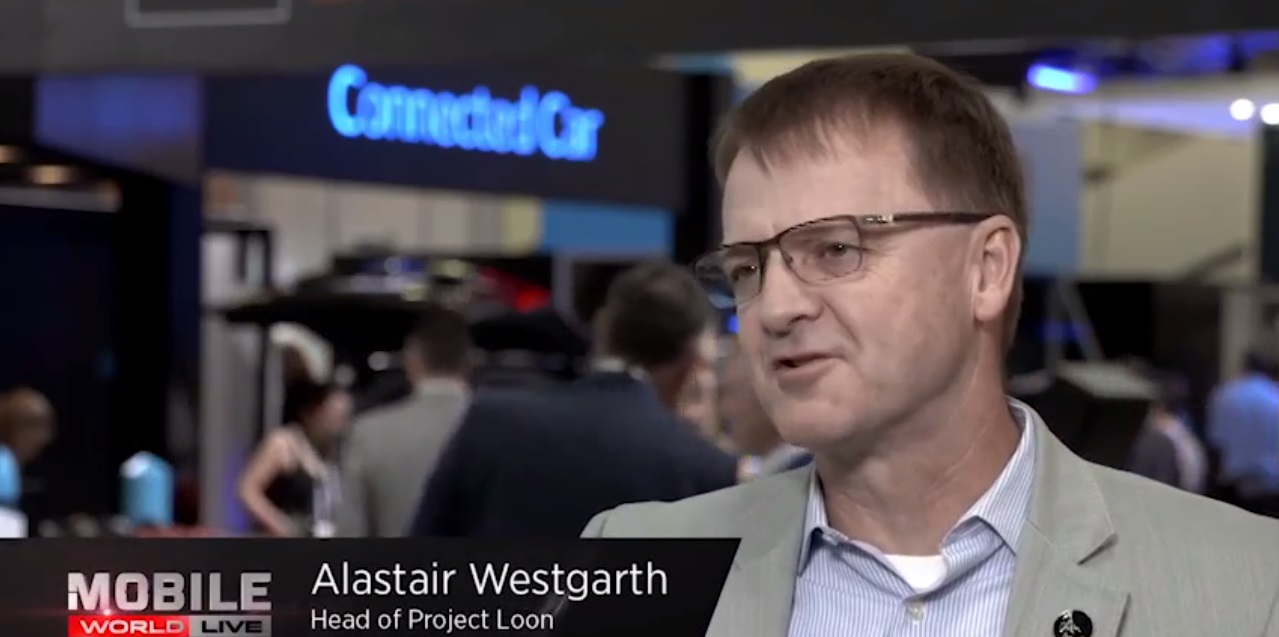
EXCLUSIVE INTERVIEW: Google expects Project Loon to be profitable in the next couple of years, stating that “helping out” is important “but that’s not the reason we exist”.
Project Loon, part of Google’s X division, launched in 2012, and uses helium filled balloons to provide internet access to some of the world’s most remote locations or in cases of disaster, with a recent example providing connectivity to areas in Peru.
During trials in the country, Alastair Westgarth, head of Project Loon, said his team was able to turn on a live network, covering a landmass the size of Switzerland, to provide internet access to thousands of people that were disconnected after severe flooding.
In doing this, the Google Loon team worked with Telefonica to provide access to areas in which the operator was not present, while both collaborated on spectrum.
Speaking to Mobile World Live, Westgarth opened up on how exactly the partnership model with operators worked.
He said when the unit first started out, “people”, presumably referring to operators, “were quite nervous” Project Loon was Google’s attempt to try to build an over the top network.
“We were absolutely not doing that,” he said. “We’re not our own MNO, we’re not our own ISP.”
He said Project Loon was now talking to “dozens and dozens” of operators around the world, and there was a long-term vision to build a durable business and an eventual revenue driver.
“We exist to build a durable business model, and underneath that if we can help people and on occasion provide relief during a strenuous situation, a disaster situation, that’s great,” he said. “But we believe in the next couple of years we will be flying and providing service in a commercial context in partnership with the operators.”
During the interview, Westgarth also opened up on how artificial intelligence technology could be leveraged further to control and monitor balloons in flight. Click here to watch.
